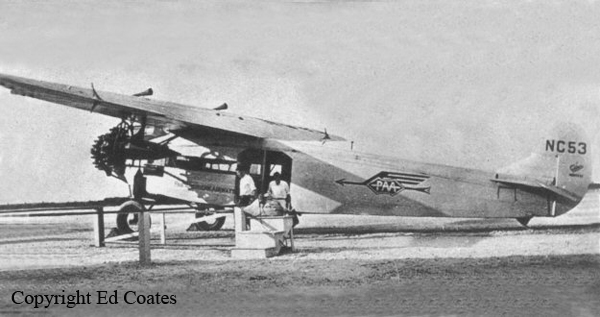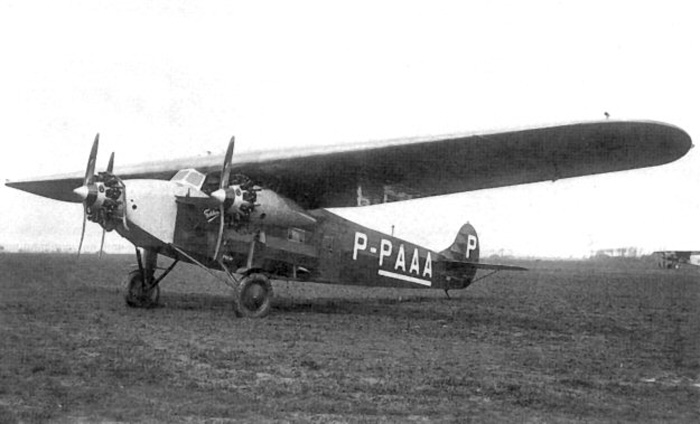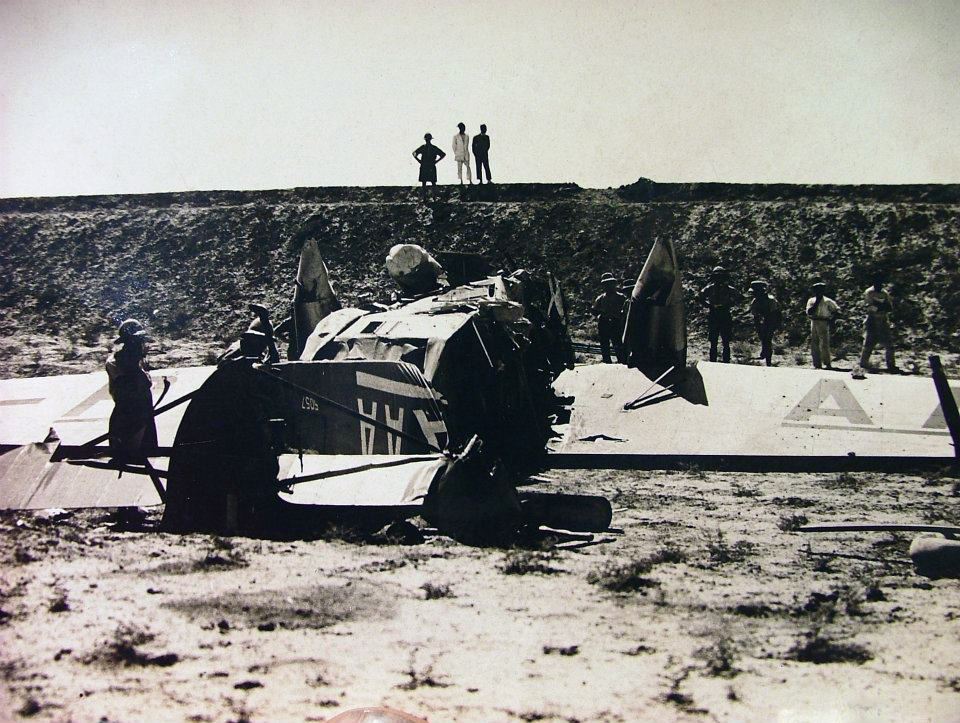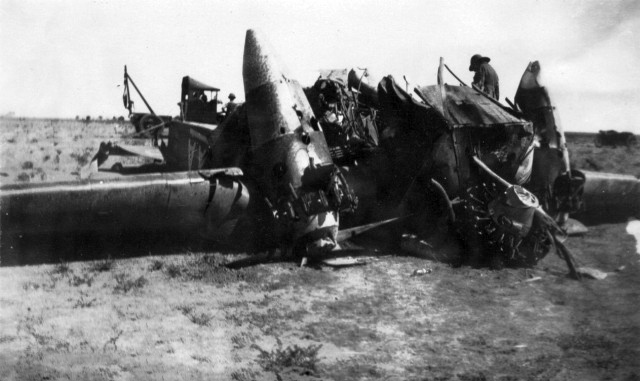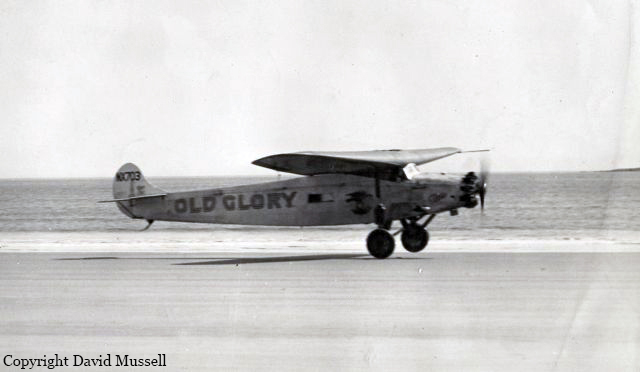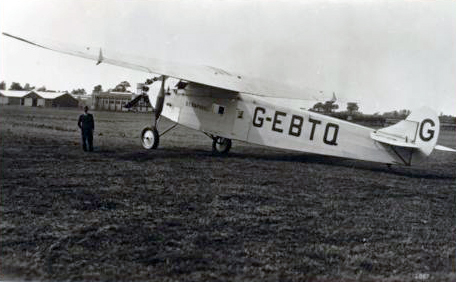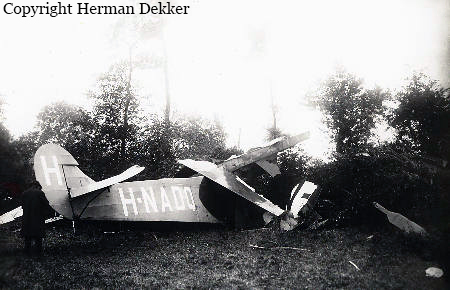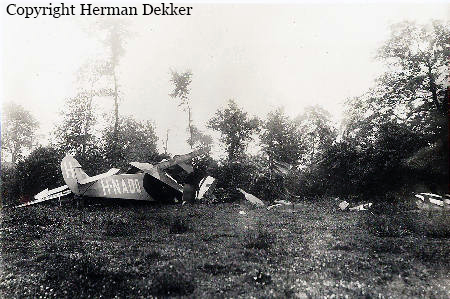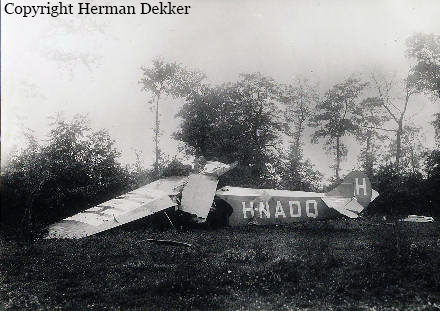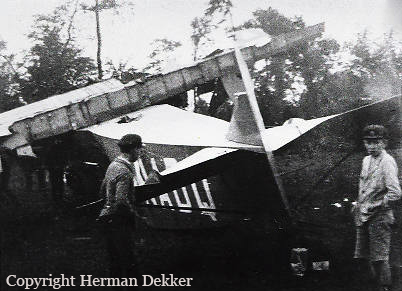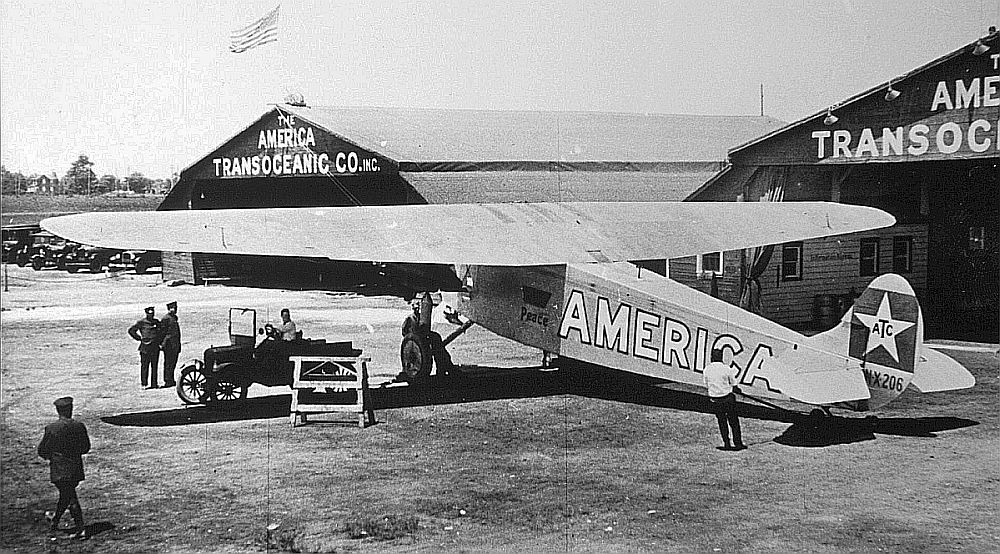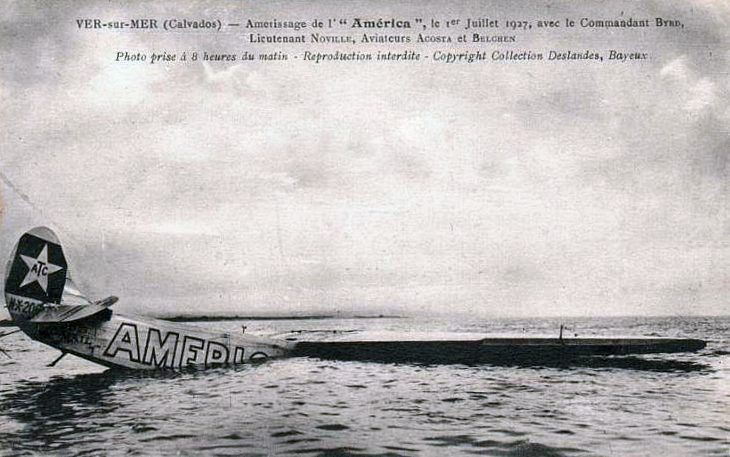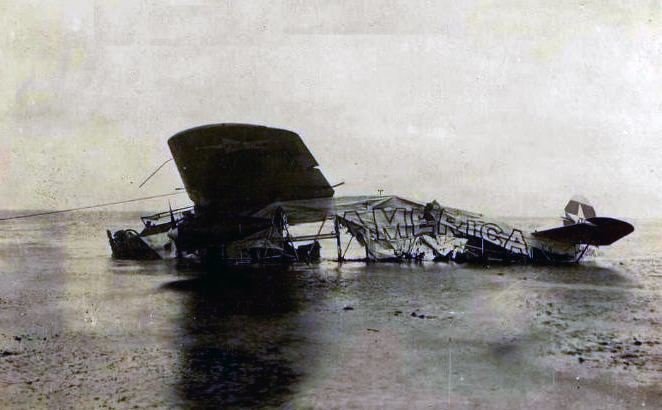Crash of a Fokker F7a/3m in Beaumont: 4 killed
Date & Time:
Mar 29, 1929 at 0918 LT
Registration:
NC7888
Survivors:
No
Schedule:
Los Angeles – El Paso
MSN:
617
YOM:
1926
Crew on board:
1
Crew fatalities:
Pax on board:
3
Pax fatalities:
Other fatalities:
Total fatalities:
4
Circumstances:
While approaching the mountains near Beaumont, California, the pilot Delbert Everett encountered poor weather conditions and low visibility due to foggy conditions. Too low, the three engine aircraft impacted a mountain slope and was destroyed by impact forces and a post crash fire. All four occupants were killed.




